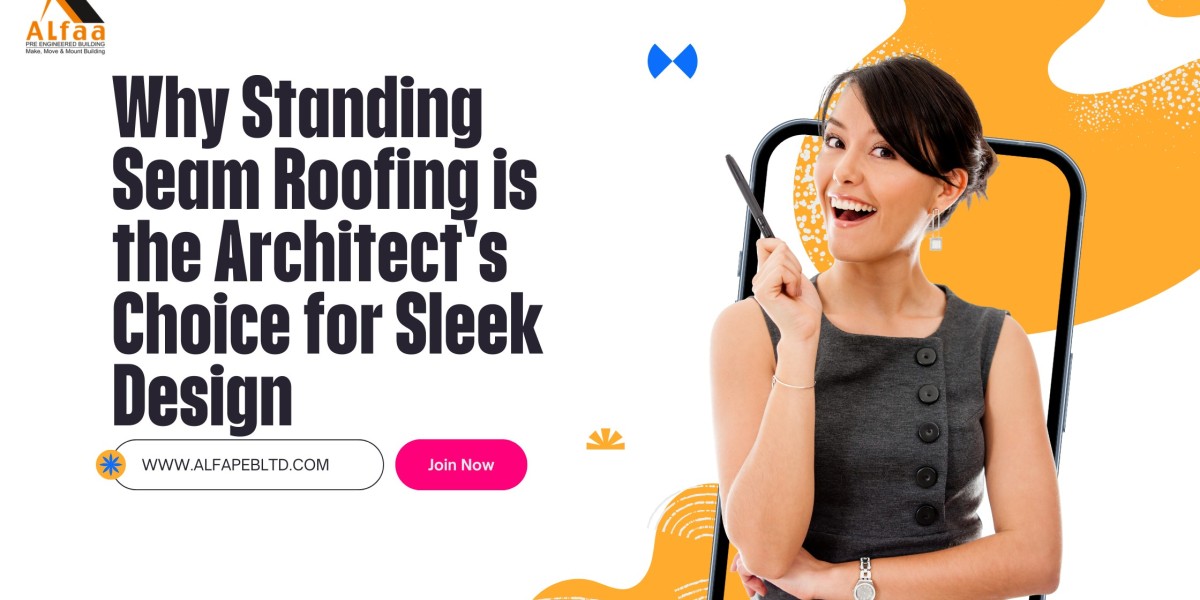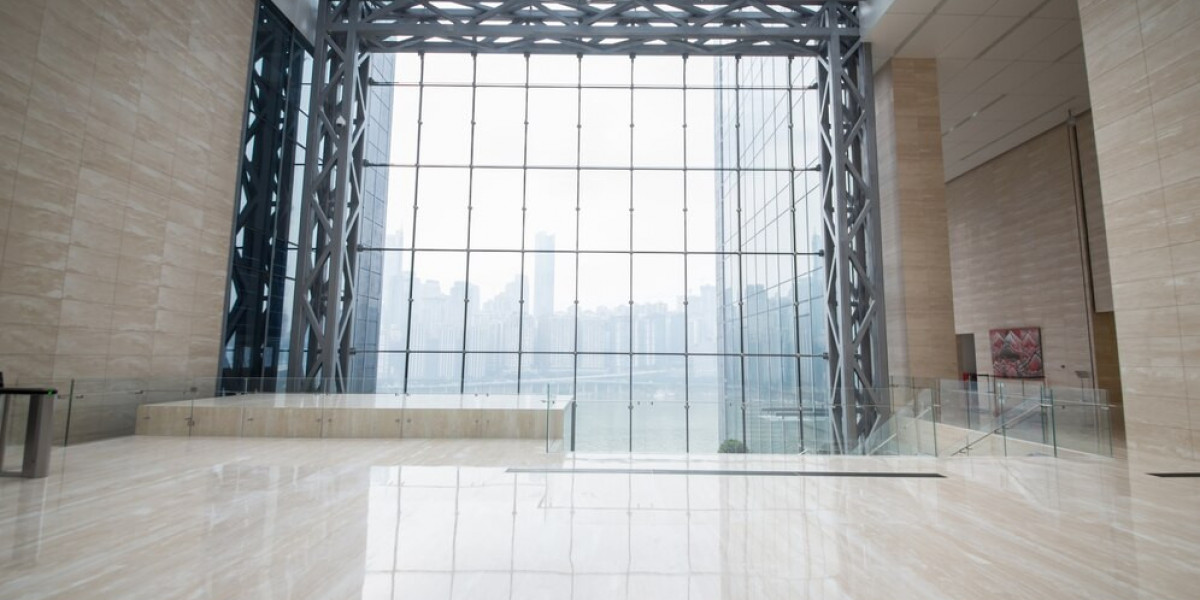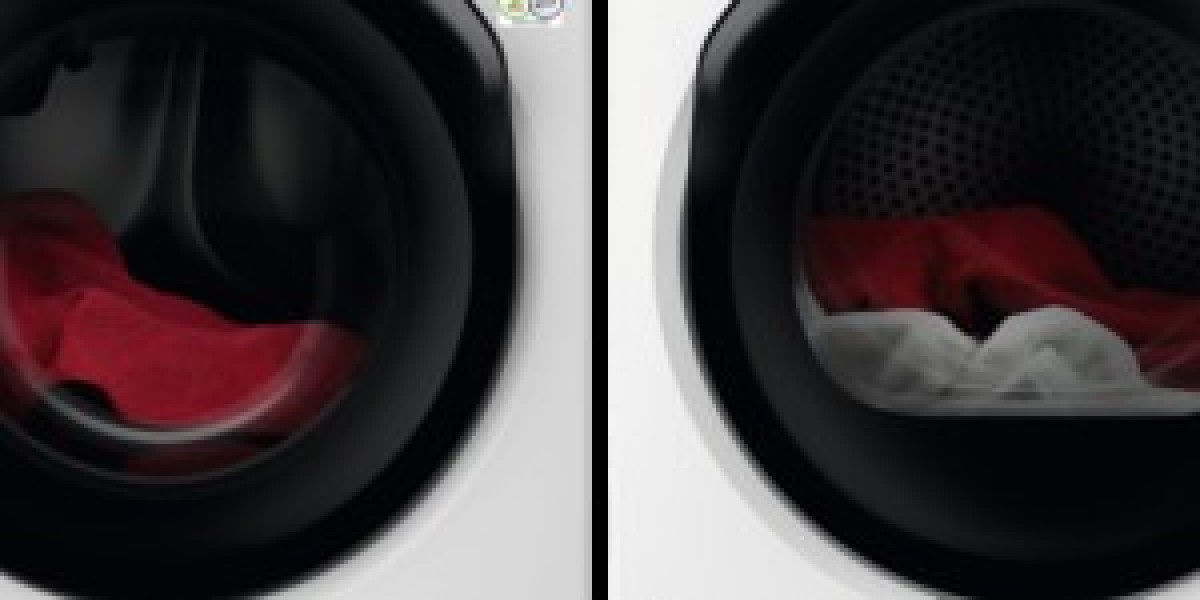Introduction
Standing seam roofing has become the go-to option for architects who focus on durability, efficiency, and aesthetics. This roofing style offers a modern, streamlined look that complements contemporary design trends while maintaining high functionality. Let’s explore why standing seam roofing has earned a top spot in architects’ choice for sleek and sustainable roofing solutions.
1. Aesthetically Pleasing Modern Design
One of the primary reasons architects opt for standing seam roofing is its sleek, minimalist design. The continuous vertical panels, joined by raised seams, create a clean, uniform look that adds a sense of sophistication to any building. Unlike traditional roofing systems, which often involve visible fasteners and uneven surfaces, standing seam roofing is characterized by its smooth lines and concealed fasteners.
This minimalist approach perfectly fits modern architectural trends, prioritizing clean, geometric forms and uncluttered surfaces. Whether it's a residential home, commercial building, or public infrastructure, standing seam roofs can adapt to various design styles while ensuring a sleek and modern appearance. The raised seams add just enough texture to the roof, giving it depth without compromising its streamlined look.
2. Versatile Design Options
Architects appreciate the versatility that standing seam roofing offers. The roofing panels can be customized in various colors, textures, and finishes, allowing them to match the overall aesthetic vision of the project. Whether you want a bold, industrial look with metallic finishes or a more subdued, natural tone to blend with the environment, standing seam roofing can be tailored to meet your design objectives.
Moreover, the panels can be installed at different angles and pitches, adding to their flexibility in design. Architects can incorporate standing seam roofing into everything from flat-roofed modern homes to steep, angular commercial buildings, knowing that the system will perform well while enhancing the building’s visual appeal.
3. Seamless Integration with Green Building Concepts
As sustainability becomes a top priority in architecture, standing seam roofing stands out as an eco-friendly option. Architects focused on sustainable design appreciate that these roofing systems can easily integrate with energy-efficient solutions like solar panels and rainwater harvesting systems. The raised seams on the roof provide an ideal attachment point for solar panel systems, making it easier to transition buildings toward greener energy solutions.
The roofing material itself is often recyclable, reducing its environmental impact. Additionally, the reflective coatings available for standing seam roofs can help reduce heat absorption, thereby enhancing the energy efficiency of the building. By choosing standing seam roofing, architects can deliver on both aesthetics and sustainability, meeting the growing demand for environmentally responsible design.
4. Long-lasting durability and Low Maintenance
From a practical perspective, standing seam roofing offers exceptional durability, making it an architect’s favorite for long-term projects. The design inherently resists leaks due to its raised seams and lack of exposed fasteners, which is particularly advantageous in areas with heavy rain, snow, or wind. This makes standing seam roofing a reliable option for both urban and rural settings, regardless of the climate.
The longevity of standing seam roofs also means that architects can confidently recommend them for projects where the lifecycle cost is a critical consideration. With a lifespan that can exceed 50 years, these roofs require minimal maintenance, reducing the long-term costs for building owners. This longevity, combined with the aesthetic appeal, ensures that the roof maintains its sleek look for decades.
5. Weather Resistance for All Climates
One of the biggest challenges in architectural design is ensuring that a building’s exterior can withstand the elements. Roof metal standing seam excels in this regard. Its design includes vertical metal panels that interlock, forming a watertight seal that is highly resistant to leaks. This is particularly useful in regions prone to heavy rainfall or snow.
Moreover, the material is resistant to thermal expansion and contraction, a common issue in metal roofing. The concealed fasteners allow the roof to expand and contract with temperature fluctuations without compromising its integrity. This weather resistance means architects can confidently use standing seam roofing in various climates without worrying about performance issues.
6. Sleek, Concealed Fasteners for a Seamless Finish
Architects often choose standing seam roofing because it eliminates the clutter of exposed fasteners. Traditional roofing systems with visible fasteners can interrupt the sleek flow of the roofline, detracting from the overall visual harmony of the building. Standing seam roofing, with its hidden clips and fasteners, allows the roof to maintain a smooth, uninterrupted appearance.
The concealed fasteners also add to the roof’s durability, as they are protected from weathering and corrosion. This ensures that the roof not only looks clean and modern but also retains its integrity over time. For architects aiming for a polished, high-end finish on their buildings, standing seam roofing provides a superior solution.
7. Customizable Panel Lengths for Clean Installations
Another design advantage of standing seam roofing is the ability to customize panel lengths. This allows architects to create long, continuous lines on the roof, further contributing to the clean, sleek appearance of the building. Custom panel lengths minimize the need for horizontal seams, ensuring that the roof has fewer breaks and interruptions.
This flexibility in panel length also allows standing seam roofing to adapt to a wide range of building shapes and sizes. Whether the design involves long, continuous rooflines or complex, multi-level structures, the roofing system can be tailored to fit seamlessly into the project, enhancing its visual appeal.
8. Architectural Prestige and Market Appeal
For architects, choosing the right materials is also about prestige and marketability. Stand and seam metal roof adds a level of architectural distinction to a project. Its sleek, contemporary design conveys a sense of innovation and quality, making the building more attractive to prospective buyers, tenants, or users.
The modern, polished look of standing seam roofing can significantly increase the perceived value of a property. This market appeal is another reason why architects frequently recommend this roofing system, particularly for high-end residential and commercial projects where aesthetics and performance go hand in hand.
9. Enhanced Curb Appeal for Residential and Commercial Buildings
standing seam metal roof aesthetic value isn’t limited to large commercial projects. Homeowners and residential developers are increasingly opting for this type of roofing to enhance curb appeal. The clean, sleek lines can transform the appearance of a home, giving it a modern edge that sets it apart from traditional designs.
In urban areas where contemporary design is a key selling point, standing seam roofing is often the preferred choice for both architects and homeowners. Its ability to blend seamlessly with a variety of architectural styles—from minimalist homes to complex commercial structures—makes it a versatile and appealing option for many types of buildings.
Conclusion
Standing seam roofing has rightfully earned its place as the architect’s choice for sleek design. Combining aesthetics with performance, this roofing system offers clean lines, versatile design options, and long-lasting durability. Whether integrating with sustainable building practices or enhancing the visual appeal of a structure, standing seam roofing provides architects with a flexible, reliable, and attractive solution for modern architectural projects. Its timeless design and enduring benefits make it a top choice for those aiming to create visually stunning yet highly functional buildings.









